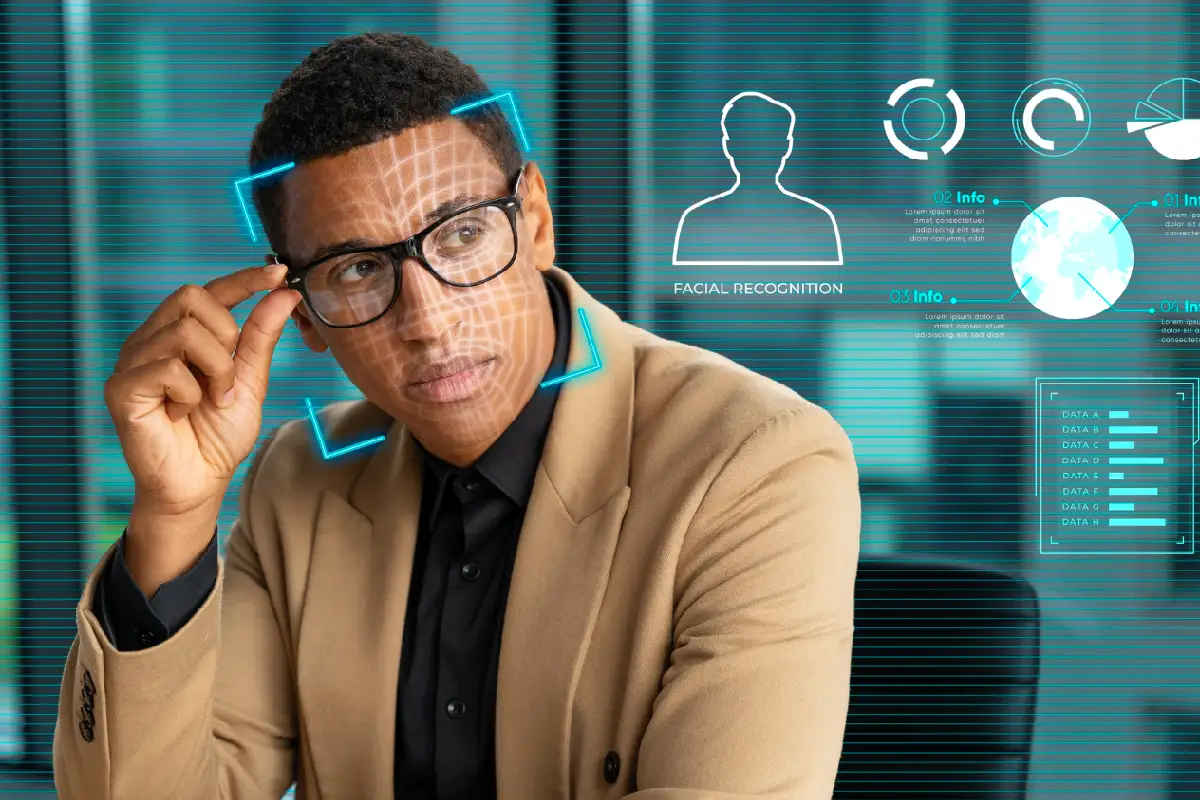WILMINGTON, DE, UNITED STATES, February 10, 2025 /ennovaterz/ — Machine vision systems emerged as a cutting-edge technology that integrates computer vision and AI to advance machines with the ability to detect, analyze, and make decisions based on visual data. These systems are designed to imitate human vision and perception in the field of automation and industrial processes. They use advanced hardware and software to capture and study visual information from the surrounding environment. The main objective of manufacturing these promising systems is to make informed decisions based on the visual data they obtain.
Popular types of machine vision systems
These advanced systems are categorized into several types based on specific applications. The 2D vision machines are widely used for activities including object tracking, barcode reading, and quality control. These devices are capable of capturing two-dimensional images. Surface defect identification and printed material inspection are the main applications that use 2D vision systems for better outcomes. On the other hand, 3D vision systems help estimate object dimensions by analyzing surfaces with height changes and guide robots.
Moreover, color vision systems have become popular across industries including food and textiles to identify objects based on their color. They are highly beneficial for applications such as color-based sorting and food processing quality control. Moreover, pattern recognition systems help identify and match images for applications such as facial recognition and character recognition.
Promising use cases of machine vision systems across leading industries
The machine vision system market has witnessed significant growth due to the increased applications of these systems across key sectors. According to Allied Market Research, the industry is expected to rise at a CAGR of 13.9% from 2024 to 2032. In the manufacturing sector, quality control, assembly verification, and defect detection are important components of the manufacturing process. Machine vision systems are utilized to inspect products for defects, verify correct assembly, and maintain overall quality throughout the production line.
On the other hand, automated inspection of vehicle components using machine vision technology plays a key role in ensuring the quality and reliability of automotive parts. This process involves inspecting components for defects, verifying dimensions, and detecting any abnormalities during manufacturing. Moreover, machine vision technology plays an important role in healthcare, particularly in medical imaging and diagnostics. It facilitates the analysis of medical images, such as X-rays, MRIs, and CT scans, aiding in the diagnosis of diseases and detection of abnormalities. In addition, it enhances the precision of medical procedures by providing accurate visual data for guidance.
Zebra Technologies expanded its machine vision portfolio with the Matrox Imaging acquisition
In January 2025, Zebra Technologies, an American mobile computing company, joined hands with Matrox Imaging, a leading manufacturer of video products and components. Through this acquisition, the company expanded its machine vision product lines such as intelligent scanners, smart cameras, frame grabbers, and software. In addition, under this agreement, the company envisioned focusing on addressing three broad categories of industrial processes. These major methods include asset visibility, connected frontline workers, and intelligent automation. Asset availability involves digitizing the track and trace process through a barcode label. While connected frontline workers include using wearables or handheld devices to help employees maximize efficiency and productivity. On the other hand, intelligent automation involves creating automated tasks and solutions.
The machine vision systems industry has witnessed prominent growth driven by an increase in demand for automation and quality assurance across various industries. Many leading companies adopt this advanced machine vision system integrated machines to enhance operational efficiency, reduce errors, and improve product quality, solidifying the role of this technology as an essential tool in modern industrial processes. Moreover, the surge in the prevalence of AI and IoT is expected to boost the development of advanced systems possessing the potential to connect all things to a common network, opening wider opportunities for multiple sectors.
Trending Reports In the Semiconductor and Electronics Industry:
- Laser Cutting Machines Market
- Machine Condition Monitoring Market
- Machine Sensor Market














